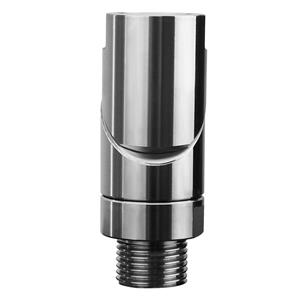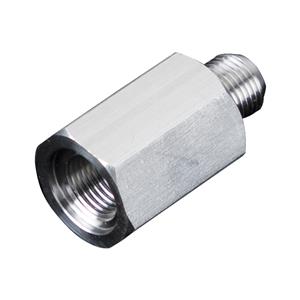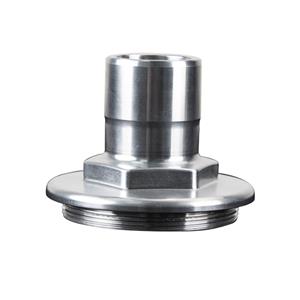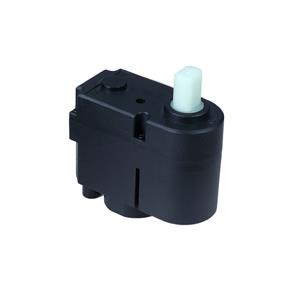Anything about AC Motor and DC Motor
Anything about AC Motor and DC Motor
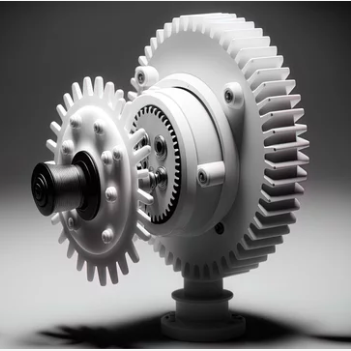
The DC Motor
DC motors, which run on electricity characterized by a unidirectional current flow, are powered by sources like batteries or rectified AC power. There are two primary classifications of DC motors: brushed and brushless.
Both variants of DC motors can be paired with integrated gearboxes and supplementary accessories, like fans for air cooling, as well as additional feedback mechanisms to enhance precision. DC motors find applications in diverse fields such as electric wheelchairs, handheld sprayers, pumps, coffee machines, and off-road equipment.
The AC Motor
From Wikipedia, the free encyclopedia
A type of industrial AC motor is designed with an electrical terminal box positioned at the top and an output rotating shaft on the left side. These motors find extensive applications in pumps, blowers, conveyors, and various other industrial machinery.
An AC motor is essentially an electric motor that operates on alternating current (AC). This motor comprises two fundamental components: an outer stator containing coils supplied with alternating current to generate a rotating magnetic field, and an internal rotor connected to the output shaft, generating a secondary rotating magnetic field. The magnetic field of the rotor can be created through permanent magnets, reluctance saliency, or DC or AC electrical windings.
In less common instances, AC linear motors follow similar principles as rotating motors, but their stationary and moving parts are arranged linearly, facilitating linear motion instead of rotation.
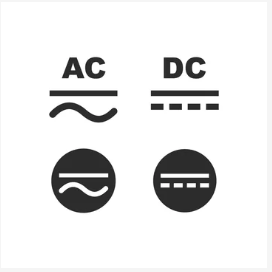
AC Motors vs DC Motors: A Comparative Analysis
Electric motors propel industrial machinery and a diverse range of devices globally. Amid the two primary power sources, alternating current (AC) and direct current (DC), two distinct types of electric motors operate, each exhibiting differences in functionality and application. Engineers, technicians, and operators must grasp these key distinctions between AC and DC motors to optimize the performance of electrical machines and devices.
1.Speed Control:
AC motor speed is regulated by the frequency of the power source, typically designed for a rated speed at a standard frequency like 60 Hz. Specialized electronics, such as Variable Frequency Drives, enable adjustable speed control.
DC motor speeds are easily controlled by varying the available DC voltage, providing precision speed control suitable for applications like robotics.
2. Efficiency:
Three-phase induction motors tend to offer enhanced efficiencies at higher power levels and rated speeds.
Brushless DC motors exhibit superior efficiencies across a wider performance range, especially at lower speeds and lighter loads. However, brushed DC motors may have added components introducing some inefficiencies.
3. Maintenance:
AC motors and Brushless DC motors are preferred in manufacturing settings due to their lower maintenance requirements and longer life spans compared to brush DC motors, which necessitate more frequent servicing.
4. Cost:
AC motors are often the most cost-effective for applications with constant speed and load requirements. Brushless DC motors may have higher initial costs due to increased control complexities but can have comparable lifetime costs.
5. Starting Torque:
Induction motors have minimal starting torque, requiring additional devices to overcome this limitation.
DC motors offer higher starting torques, facilitating quick accelerations, making them suitable for applications requiring fast indexing and rapid move-and-settle times.
6. Applications:
AC motors dominate the global market, finding use in household appliances, pumps, fans, HVAC systems, and various industrial machinery.
DC motors are popular in mobile applications like electric vehicles, automated guided vehicles, submersible ROVs, robotics, conveyor systems, packaging machinery, and precision equipment.
In recent years, advancements in motor technology have resulted in more efficient and versatile options for both AC and DC motors, blurring traditional differences. Ongoing developments in electronics continue to enhance motor control precision. While the original DC and AC motors date back to the 19th century, advancements in magnet technologies and fabrication processes have propelled both motor types to new performance capabilities.
Other thing about AC & DC Motor
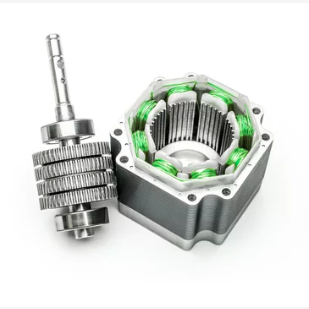
1.Power Generation in AC Induction Motors:
The rotor of an AC induction motor experiences induced currents from alternating currents in the stator. This induces an electromagnetic effect, resulting in a force that powers the rotation of the motor.
2. DC Motor vs. Gear Motor Distinction:
A DC motor differs from a "gear motor," which can be either AC or DC, paired with a gearbox. The addition of mechanical gears alters the motor's speed/torque for specific applications, typically reducing speed and increasing torque. For instance, a simple fan uses a DC motor, while a gearbox in the microwave turntable reduces speed to prevent food from hitting the interior wall.
3.Hydraulic Motor vs. Gear Motor Differences:
Hydraulic motors are designed for working pressure on both sides, whereas gear motors suit simple rotating systems. Gear motors boast advantages like low initial cost, high rpm, greater tolerance to contamination, and durability, with failures typically being less catastrophic.
4.Brushless DC Motors Overview:
Brushless DC Motors (BLDC motors) excel in automated equipment applications, prioritizing maximum motor life, efficiency, and power density. With no carbon brushes or a copper commutator, the only wear items are the bearings, making BLDC motors superior for long operating life compared to brushed DC motors.
5.Brushed DC Motors Overview:
Brushed DC motors (PMDC) provide a cost-effective and durable solution for industrial and commercial applications. Offering excellent variable speed control and high starting torque for heavy loads, they come in various power levels and frame sizes. Options include traditional iron-core and coreless designs catering to efficiency, EMI, and cogging torque needs.
6.Brushless vs. Brushed Motors Comparison:
Both brushless and brushed motors convert electric current into rotational motion. Brushless motors, emerging in the 1960s due to solid-state electronics, offer enhanced efficiency, longer lifespan, and superior power density. Despite their century-long presence, brushed motors continue to find use, with both designs applied globally in diverse applications.
7.Understanding DC Power:
DC power involves the movement of electrons through a conductor, like a wire. There are two types of current: AC (alternating current) and DC (direct current).
8.DC Powering Mechanism in Motors:
In a brush DC motor, carbon brushes ride on a copper commutator, generating an attractive force for motor rotation without electronic control. A BLDC motor, without brushes, relies on an electronic circuit to regulate speed and torque by varying the frequency and magnitude of the three-phase power driving the motor.
9.Advantages of Brushless DC Motors:
BLDC motors outshine brushed counterparts due to their longer operating life, efficient heat dissipation, shorter overall length, absence of brushes and commutator, and suitability for higher speeds and peak loads. They offer a higher speed range and better torque-to-speed ratio, making them ideal for applications such as power tools.
10.Growing Applications of BLDC Motors:
BLDC motors have become a reliable choice in various applications, particularly in high-volume situations. Their efficiency, quiet operation, and ability to run continuously make them suitable for automation, agriculture, domestic functions, and diverse uses like power tools, garden equipment, scanners, robots, and medical equipment.
11.Mechanical vs. Electronic Drive:
The primary distinction between brushed and brushless motors lies in the drive mechanism. Brushed motors are mechanically driven, while brushless motors are electronically driven. Brushless motors, despite being more expensive and complex, offer advantages like higher efficiency, less heat generation, longer lifespan, and reduced maintenance requirements.

